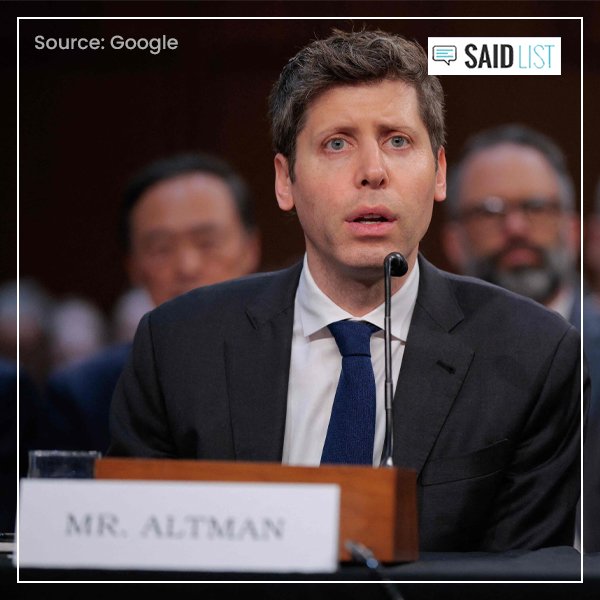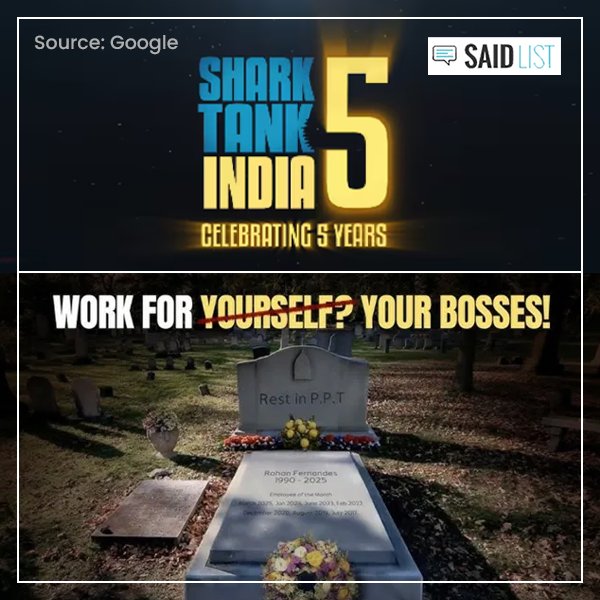The rivalry between Meta (formerly Facebook) and Snapchat has been ongoing for years, with Snap Inc. CEO Evan Spiegel recently took a playful yet scathing dig at Meta’s habit of copying Snapchat’s features. This incident has reignited discussions about tech giants, innovation, and the ethics of adopting competitors’ ideas.
In this article, we explore how Meta has integrated Snapchat’s features over the years, the broader implications for the tech industry, and what it means for businesses and users.
The Story Behind Evan Spiegel’s LinkedIn Update
Recently, Evan Spiegel, the co-founder and CEO of Snap Inc., added a sarcastic line to his LinkedIn profile:
“Loving husband, father of four boys, VP Product @ Meta.”
While this may seem like a simple joke, it directly mocks Meta’s long history of replicating Snapchat’s innovations. This move, though humorous, reflects deeper industry dynamics and the ongoing battle for social media dominance.
How Meta Copied Snapchat’s Features
Meta’s replication of Snapchat’s features dates back nearly a decade. Here’s a breakdown of key instances where Meta integrated Snapchat-inspired features:
1. Instagram Stories (2016) – A Direct Copy of Snapchat Stories
In August 2016, Instagram launched Stories, a feature allowing users to post photos and videos that disappear after 24 hours. The concept was directly taken from Snapchat, which pioneered ephemeral content sharing.
The result? Instagram Stories quickly outpaced Snapchat in daily active users, thanks to Instagram’s larger audience base and integration within the Facebook ecosystem.
2. Facebook and WhatsApp Stories (2017)
Following Instagram’s success, Facebook and WhatsApp also launched their own versions of Stories in 2017, further diluting Snapchat’s unique appeal. While Snapchat still held a niche audience, Meta successfully made Stories a standard feature across its platforms.
3. Direct Messaging Disappearing Photos & Videos (2017)
Snapchat introduced the idea of disappearing messages years before competitors, but in 2017, Facebook Messenger added a feature that let users send disappearing photos and videos—a clear replica of Snapchat’s direct messaging functionality.
4. Camera Filters and Augmented Reality (AR) Lenses
Snapchat revolutionized the use of AR filters, with face filters like the dog ears and rainbow vomit becoming viral trends. Meta quickly followed suit, integrating similar AR features across Instagram, Facebook, and Messenger.
5. Bitmoji vs. Meta’s Avatars
Snapchat acquired Bitmoji, allowing users to create personalized digital avatars. Meta responded by launching Facebook Avatars, which mimic Bitmoji’s functionality across Facebook, Instagram, and WhatsApp.
Why Does Meta Copy Snapchat?
Meta’s business model is based on maintaining user engagement, and Snapchat’s innovations have proven successful in engaging younger audiences. By copying features, Meta ensures that users don’t feel the need to switch platforms.
Additionally, Meta has significantly more resources, user data, and marketing power than Snapchat, making it easier for them to dominate the features they replicate.
The Impact on Snapchat
Despite Meta’s efforts to overshadow Snapchat, the platform remains influential, especially among Gen Z users. However, it has struggled with:
- User retention: Many users switched to Instagram and Facebook for similar features with better connectivity.
- Revenue challenges: Meta’s larger ad network gives it an advantage in monetization.
- Slower growth: While Snapchat continues to grow, its pace is slower compared to Meta’s platforms.
The Ethics of Copying in Tech
Meta’s actions raise an important question: Is copying features unethical, or is it just a part of business?
Arguments Against Copying
- Lack of Innovation: If big companies keep copying smaller competitors, it discourages genuine innovation.
- Unfair Competition: Startups like Snapchat struggle to compete when tech giants replicate their features with massive resources.
- User Experience Dilution: Too many platforms with the same features create a redundant user experience.
Arguments in Favor of Copying
- Standardization: When popular features spread across platforms, users benefit from consistency.
- Evolution of Technology: Many innovations build upon existing ideas (e.g., Facebook was inspired by MySpace).
- Business Growth Strategy: Large companies invest in improving copied features, sometimes making them better.
What This Means for Social Media in 2025?
As we move further into 2025, the trend of feature replication in tech is unlikely to stop. Companies like TikTok, Snapchat, and BeReal continue to introduce innovative social media formats, and Meta remains quick to adapt them into its ecosystem.
However, user preferences are shifting. Many users value originality, and new social platforms continue to challenge the dominance of Meta, offering unique and fresh experiences.
How Businesses Can Adapt?
For businesses and content creators, the Meta vs. Snapchat battle provides valuable insights:
1. Diversify Your Presence
Relying solely on one platform can be risky. Businesses should leverage multiple social media platforms to reach different audience segments.
2. Focus on Original Content
While platforms may copy features, the content you create remains unique. Brands should invest in creativity and authenticity to stand out.
3. Leverage Emerging Platforms
New social networks are always emerging. Businesses should stay ahead of trends and experiment with platforms like TikTok, BeReal, or emerging AR/VR-based apps.
4. Engage with Community Trends
Understanding what your audience engages with and adapting to those trends can help brands maintain relevance despite changing platform features.
Conclusion
Evan Spiegel’s playful jab at Meta is more than just a joke—it highlights the ongoing battle for innovation vs. imitation in social media. While Meta has successfully adopted and scaled Snapchat’s features, Snapchat remains a key player in shaping the future of digital interaction.
For businesses, content creators, and users, the lesson is clear: Innovation drives success, but adaptability ensures survival. Whether Meta continues to dominate or new players rise, one thing is certain—the world of social media will keep evolving.
In the race between innovation and imitation, only time will tell who truly wins. But for now, Spiegel’s LinkedIn update serves as a reminder that originality still matters.











